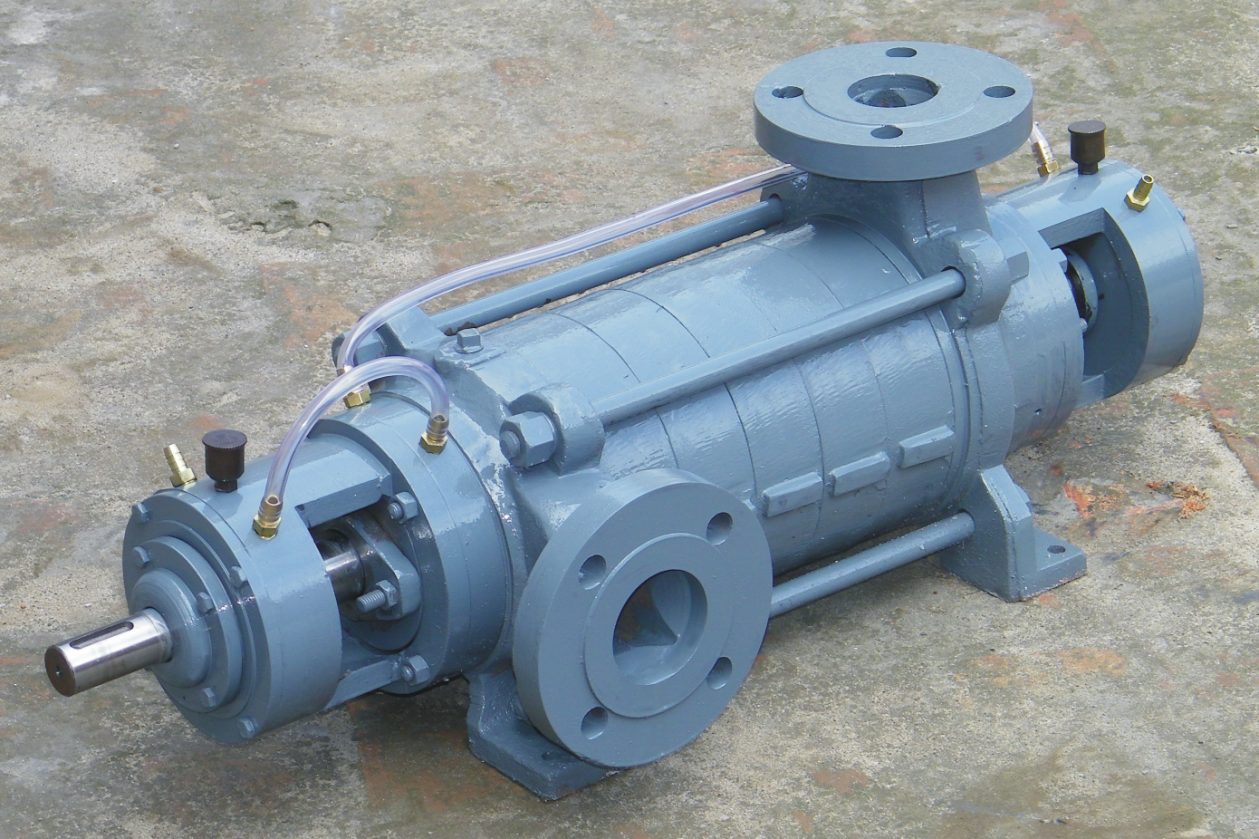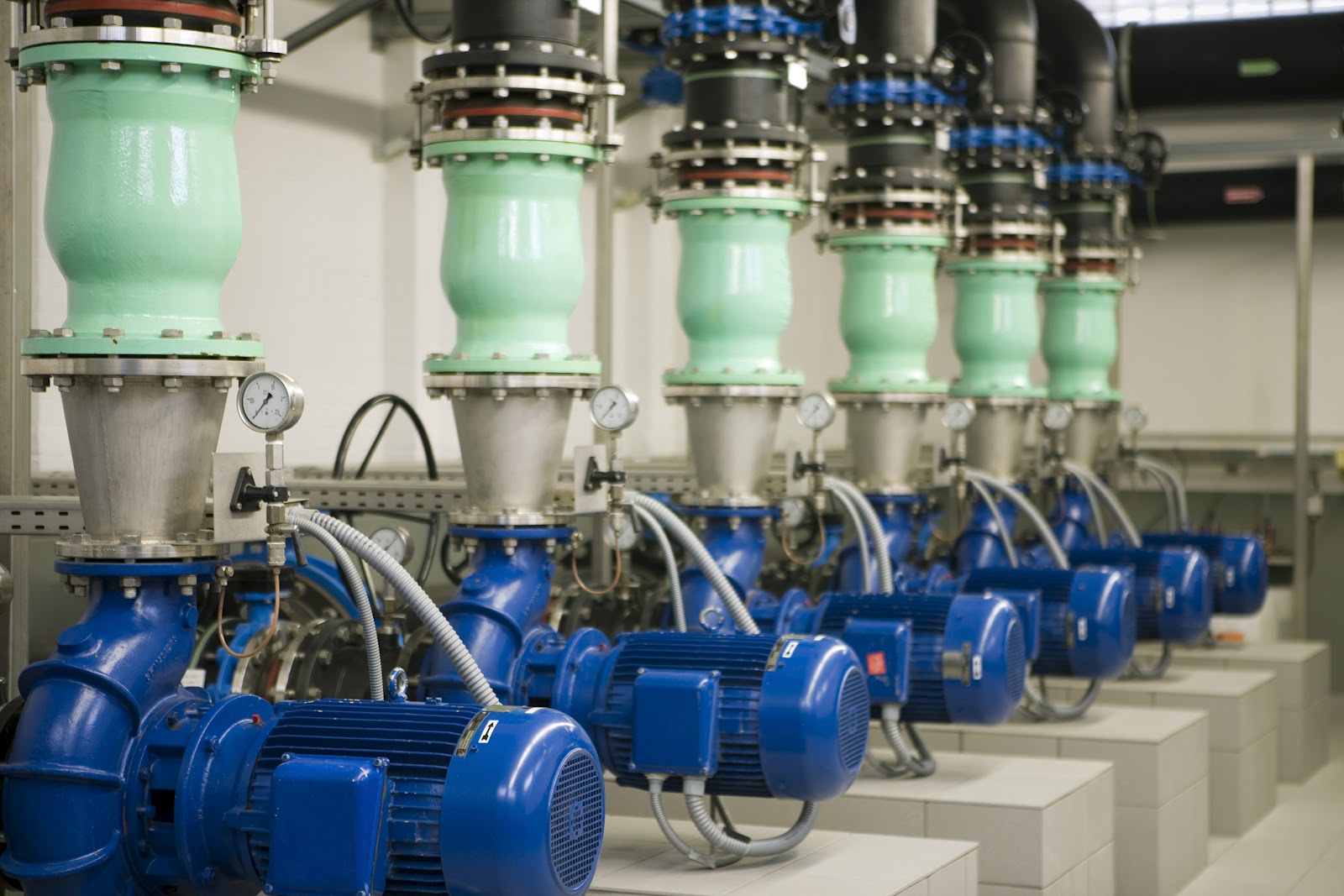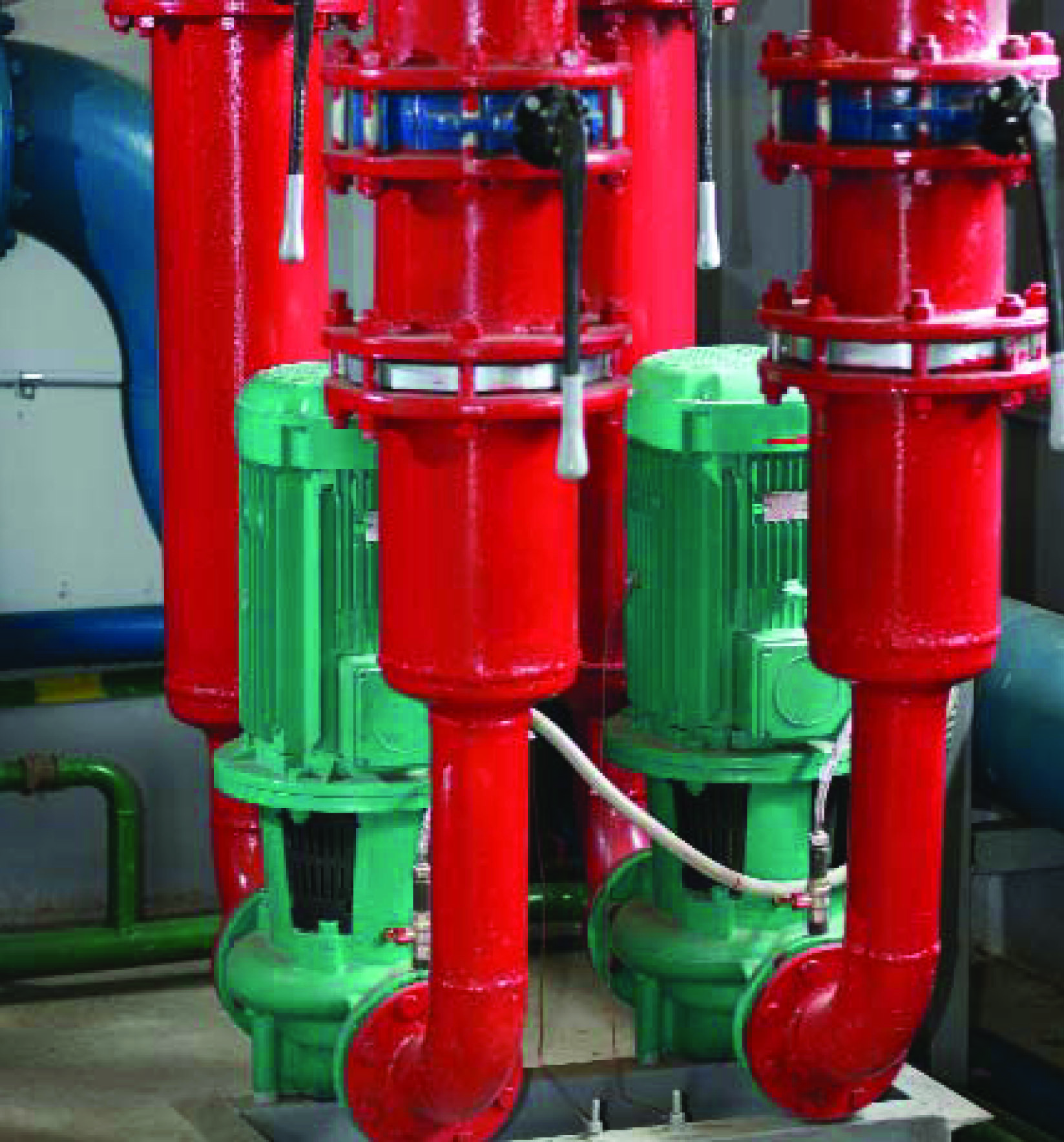James Boyle reveals why a duty of care for pumps is an essential requirement to avoid downtime
Opinion varies on which method of duty/standby pump configuration delivers the greatest benefits in terms of efficiency and cost effectiveness. However, regardless of the method chosen, not all systems are being managed effectively – if implemented at all. Here, we assess the pros and cons of each configuration and which will provide optimum performance for maximum system uptime.
Standby equipment is intended to minimise downtime and keep process systems running. There are two distinct schools of thought when it comes to implementing standby pumps. This first is a duty/standby arrangement, where the standby pump is only required in the event of a duty pump failure. The standby pump then runs for as long as needed to repair or replace the duty pump, at which point it is taken offline and returns to standby mode. The second approach is an alternating or intermittent arrangement, where at pre-arranged times pumps alternate between duty and standby modes, sharing demand time and evening out the running time between them.
Engineers may argue in favour of one or the other and, while both have advantages and disadvantages, gaining the most from a standby pump relies on selecting the best configuration and making use of test data to optimise maintenance procedures and reduce down time.
If using a duty/standby configuration, it’s essential that regular maintenance and testing is carried out on both pumps. A standby pump is unlikely to be in optimal working order if it has been standing idle for some period of time and is suddenly brought online, especially if the system fluid is likely to leave deposits of silt or sludge in the pipework or pump itself, or harden and cause blockages. If this is the case, leaving a standby pump idle for long periods is inadvisable and an alternating arrangement is preferable. Duty/standby configurations may also suffer from increased bearing wear, with surfaces becoming flattened when the pump is not turning.
A stressful start
Turning to the alternating method, a major consideration is that start-up is the most stressful part of pump operation. Frequent start-ups can cause components to be more prone to wear and failure, particularly seals and bearings, because when starting from static it takes a short while for a lubrication film to build up between the seal faces. These temporarily dry surfaces cause damage to the seal faces which exacerbates over time and will eventually cause a seal, and therefore pump failure. With the alternating method both pumps are exposed to regular starts at the same frequency, rather than one pump being left to run without shutdown and restart.
A second point to consider is that, when two identical pumps are installed at the same time and run at similar intervals, they encounter similar levels of wear. Age-related failure modes are therefore the same for both pumps, and they can reasonably be expected to fail at approximately the same time. Both may therefore be taken out of service for maintenance at the same time, leading to the kind of downtime that the introduction of a standby pump was intended to avoid. However, when running two pumps intermittently, some operational benefits can be observed. Changeover of duty pumps can be easily aligned to shift changeovers, while there is no doubt that if the current duty pump fails, the standby will work – its functionality is regularly demonstrated at every other changeover. As both pumps run regularly, engineers can gather monitoring data on each and therefore predict failure and maintenance needs if deviation from the norm is identified. For this reason, a 50/50 split in operating has become popular.
Looking at the disadvantages of an alternating method, it’s clear that both can be mitigated by utilising the duty/standby configuration. Although the alternating model offers operational benefits in terms of proven reliability, it’s possible to replicate these advantages with a slight modification to a duty/standby system – with the implementation of test and monitoring procedures, the duty/standby model can provide all these benefits without the disadvantages associated with frequent start-ups.
One argument for alternating pumps is that the standby is known to be ready to operate. Test starts of standby pumps should therefore be implemented to ensure it is available, with the frequency of such starts determined by the pump and the operating fluid. These test starts can be combined with a full test run to mitigate fears of another failure mode – that the standby pump will not be able to maintain the required flow under the operating pressure. By treating a duty/standby system as a 90/10 or 80/20 system, rather than the 50/50 alternating method, useful condition monitoring data can be collected to provide the same advantages without the risk of the pumps ageing at the same rate.
Although maintenance engineers must invest time in running such tests, actual maintenance work on the pumps will be dramatically reduced. Additionally, the data gathered can be used to implement evidence-based predictive maintenance or overhaul, rather than relying on estimations or running to failure.
Irrespective of whether a manufacturer is using a duty/standby arrangement, an alternating method or indeed a single-pump system, simple steps can be taken to optimise the configuration and provide increased uptime with reduced maintenance. However, just as important as a standby pump is the quality and turnaround time of a pump repair. As long as a standby pump is in use, then there is no standby. It’s important to repair or replace the failed pump immediately to avoid preventable downtime.
Users of standalone pumps can consult with industrial maintenance, repair and overhaul (MRO) specialists such as Brammer to evaluate their needs, specify and install a suitable dual-pump system. Should a manufacturer already use standby pumps, the recommendation is to analyse the system including the type and age of pumps, availability of test data and the fluid medium itself to determine where improvements can be made. A hybrid system, taking the uneven split of a duty/standby arrangement and adding the assurances offered by an alternating system in terms of the data captured, can easily and effectively reduce downtime-induced maintenance and the associated costs.
James Boyle is with Brammer.



